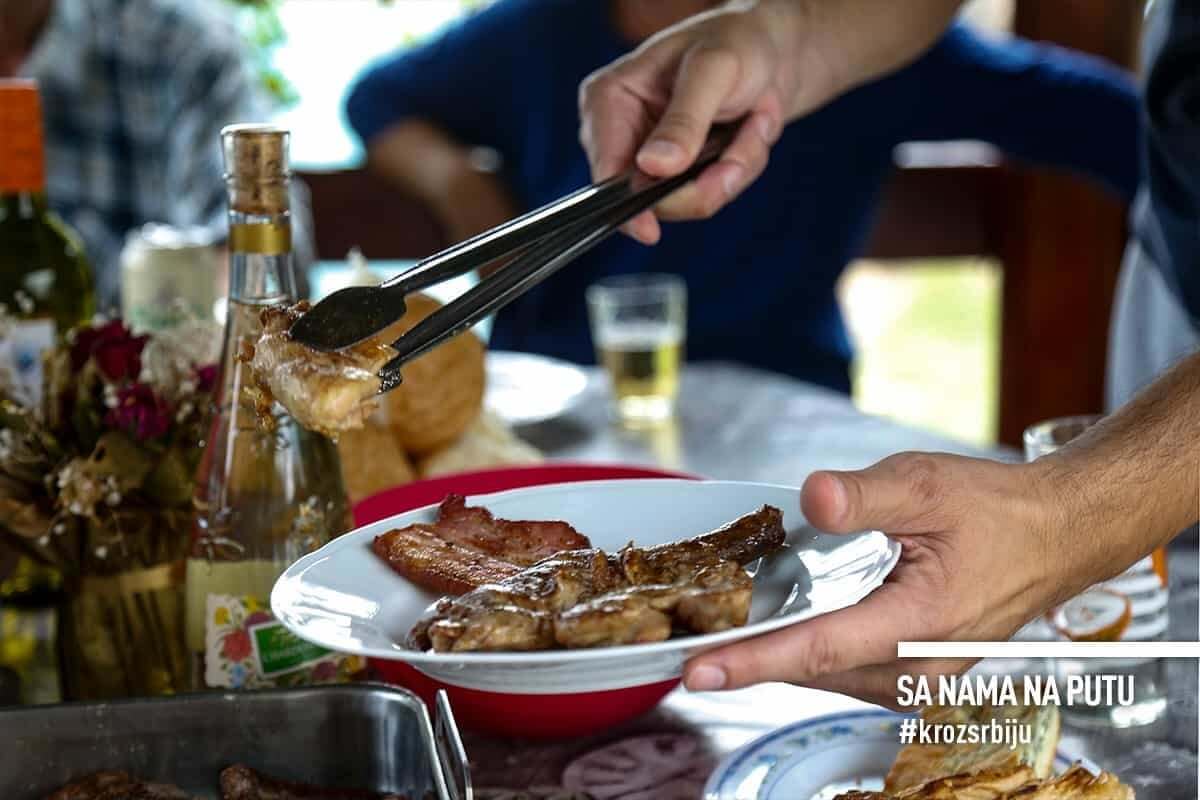It could have been a little late, but alas! It arrived on time, almost on a calendar. Deceptive and cold. Thrifty in sharing the warm rays of the sun. It dresses the nature lightly, in golden, crimson clothing. In the fall, smart birds fly to the South. We do not have wings, but the wheels will do. We haste. To a place where, they say, it is sunnier and certainly warmer.
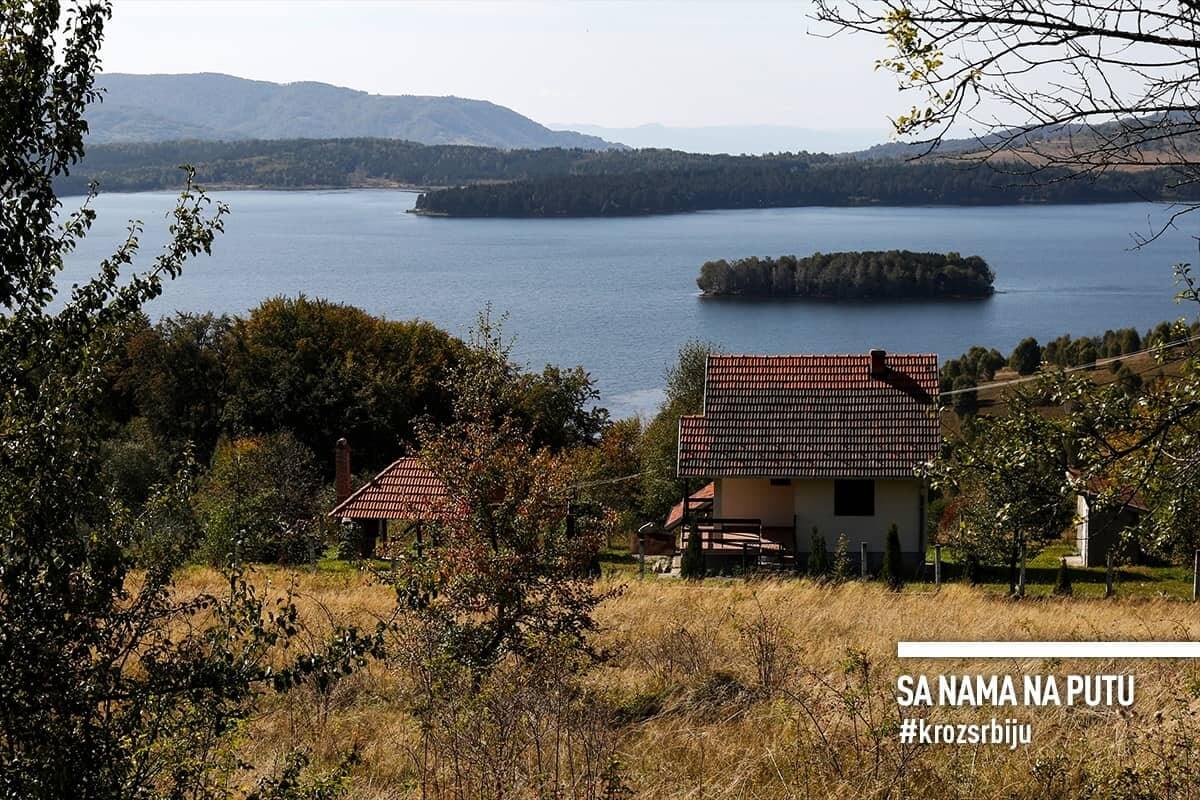
Why visit Vlasinsko lake and Caričin grad?
1. Because on Vlasotince petrol station you can recharge with raw energy
We knew that a day full of experiences awaited us, so we stopped at the Vlasotince petrol station right at the beginning, not only to refuel, but also to feed ourselves with some clean energy to continue our journey. The choice fell on Drive Cafe raw bars, which combine exotic flavours and the power of cereals for maximum effect of a good bite. Some of us grabbed the combination of passion fruit & coconut, or apple & cinnamon flavour, and I, as a curious woman, chose the remaining two chocolate flavours: with cocoa beans and coconut.
It is quite amazing that something that has no gluten or sugar and is a completely vegan product, gives so much taste, strength and energy.
2. Because the monastery in Palja is the last accommodation of st. Sava on serbian soil
It is tucked far away from the world, in the lush nature, close to Bulgaria. According to tradition, it was founded in the third or fourth century. The people know, they remember better than paper, and the foundations of the catacombs testify to that, currently the only monk in Palja reveals to us. He invites us to talk on the veranda of the newly built lodgings, offering some brandy and homemade cakes. As was once the custom. He tells us about a little-known shrine.
Officially, the monastery of the Presentation of the most holy mother of God dates from the first half of the ninth century. It was restored by Saint Sava in the 13th century, who often has dwelled in it during his lifetime. It was the last lodge for the first Serbian archbishop before leaving to Trnovo, in Bulgaria, and the place where his relics spent the night on their return home. The Imperial Road used to pass above the monastery. Today, many locals celebrate St. Sava Day as their baptismal feast – slava.
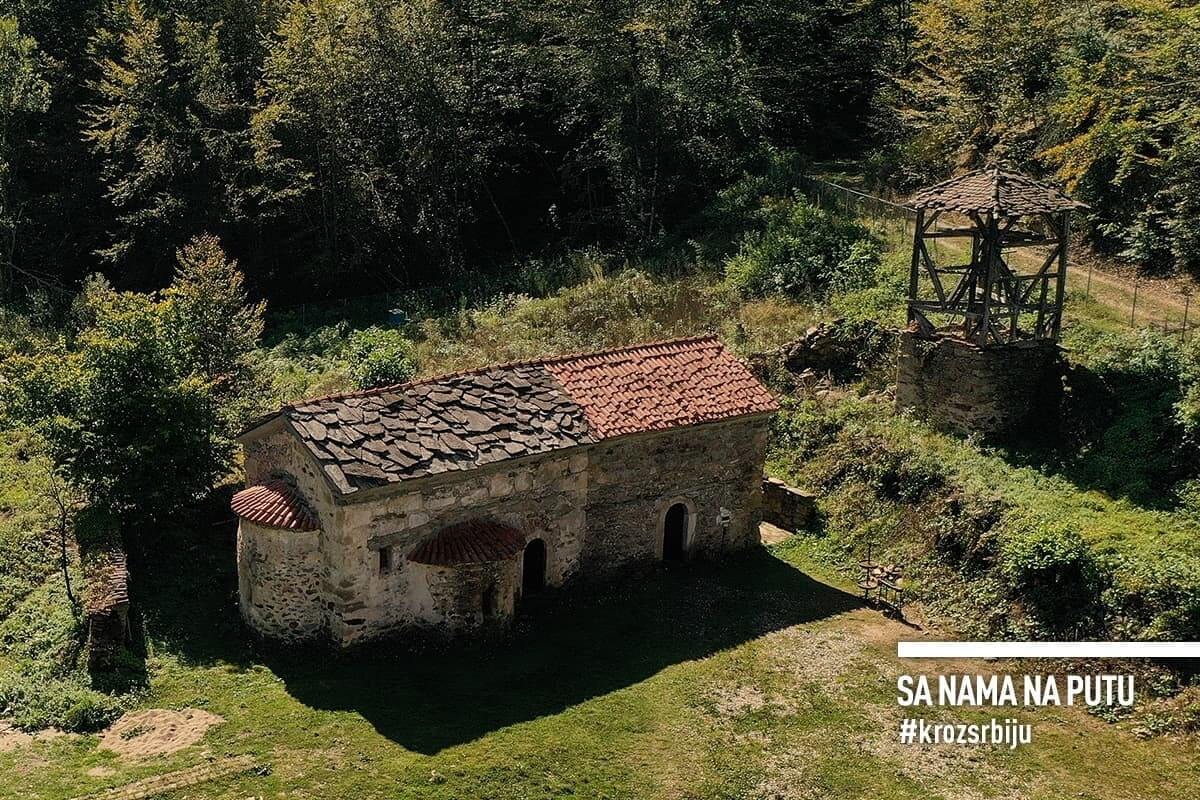
There are not many frescoes left, and the time of their painting is unknown. However, the original, older frescoes have begun to appear beneath the newer ones. An unusual sight. In the part above the entrance to the old church, a figure appears, not a fresco. Believers claim it resembles Saint Sava. It also keeps many relics – the icon of Saint Sava from Hilandar Monastery, the Most Holy Mother of God the Comforter from Russia, the Most Holy Mother of God Trojerucica, and the cross from Jerusalem.
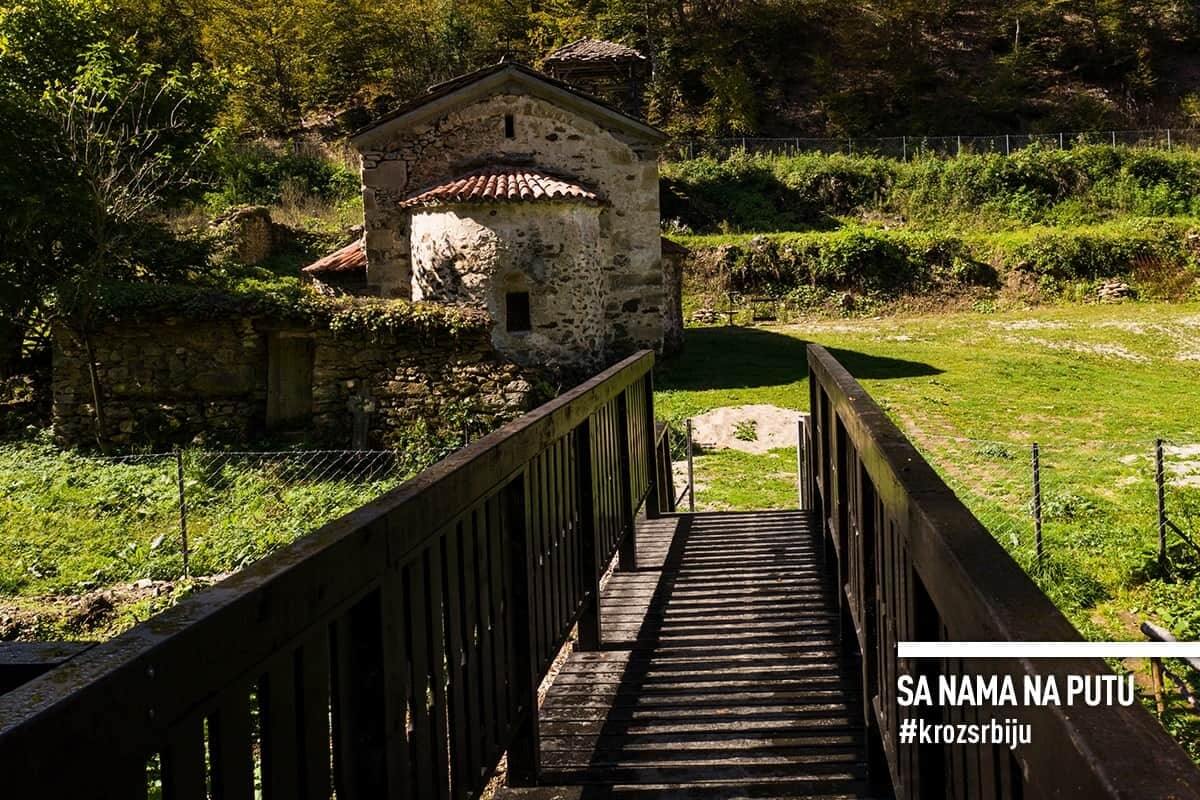
After 100 years, monasticism was renewed in 2016. The only permanent companion of a lone monk is a female Caucasian shepherd. Seemingly sociable, it is in the cage during the day because of the visitors, and at night, it guards the relic.
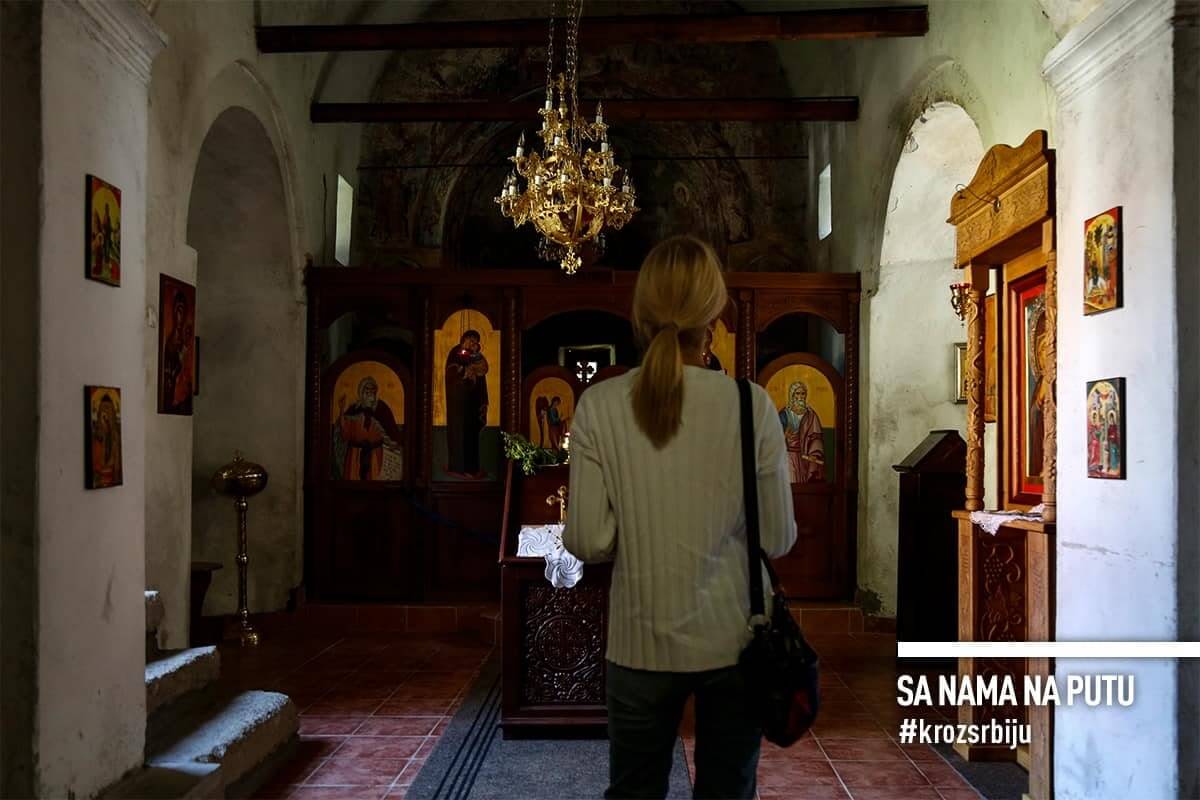
The environment is completely wild. It lies on the left bank of the river Medenica, named after honey. Once upon a time, monks had so many beehives, that honey flowed into the river, making it sweet all along its course. On the other bank, there are two sources of medicinal water – for the visually impaired and for curing sterility. Both dedicated to the Most holy mother of God.
Behind the monastery is an old men’s village cemetery from the time when they were buried separately from women. Also nearby are Savina mahala and Sava’s spring.
3. Because Vlasina is a paradise for “naturalists”
From the once largest swamp in the Balkans to an area of exceptional features. It is bordered by the mountains Vardenik, Čemernik and Gramada, clear streams and rivers. The colour of the water iridescence from greyish blue to dark brown, like a large blue eye that reflects the surrounding plateaus dotted with meadows, pastures and forests of diverse flora and fauna.
Vlasina is the highest and second largest lake in Serbia. Although crystal clear, the temperature of the mountain water at about 1,200 meters above sea level is not pleasant, even on the hottest summer days. A challenge for both courage and guaranteed refreshment.
A special charm are two permanent, immovable islands – Stratorija, an island that existed even in the time of Vlasina mud, and Dugi del, which was a peninsula before the construction of the dam.
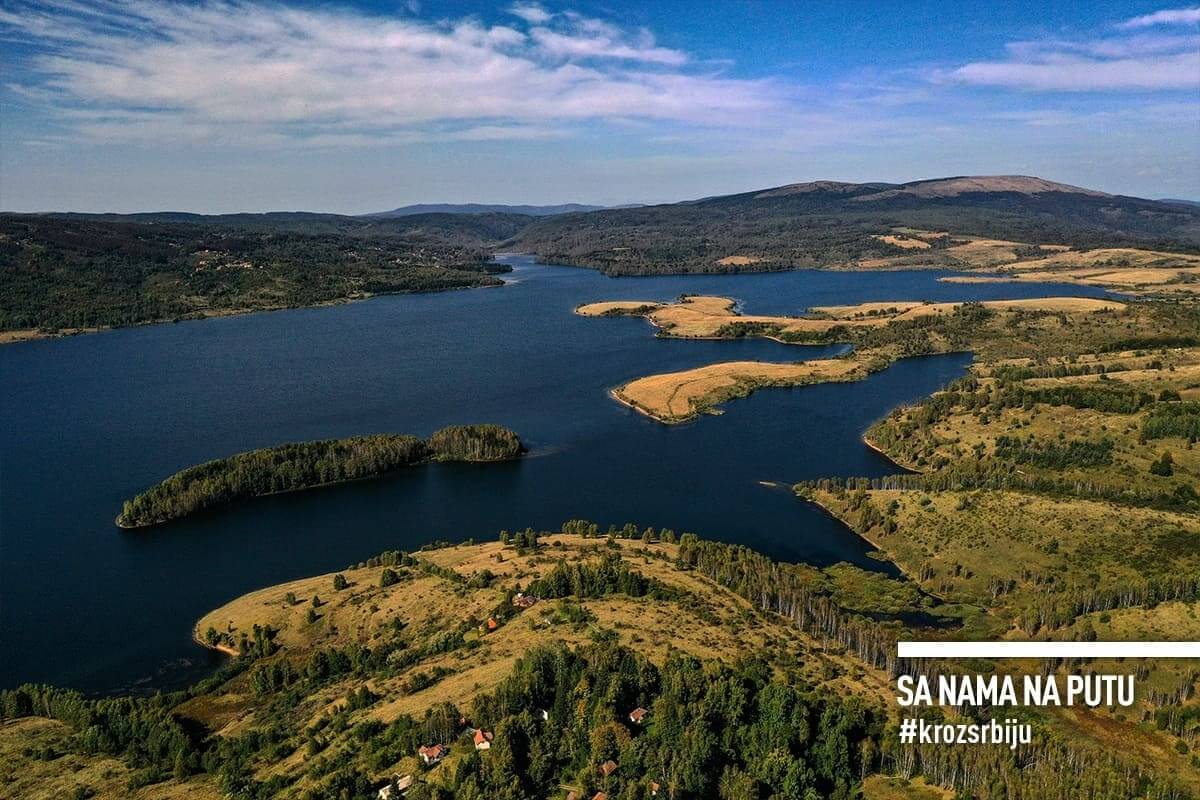
Long history has given birth to myths. The most famous one is about the water bull, which had lived there a long time ago, spread fear and caused a lot of misery to the villagers by killing their cattle on pastures. An imaginative blacksmith outmanoeuvred him: he chained his ox’s horns with iron, which pierced the water creature. The wounded beast returned to the lake and did not appear again. Only once, before the Serbian-Turkish war, about 150 years ago, large bubbles were bursting out of the water and a roar was heard that shook the whole area. Is he gone forever, or is he hiding … some new legend will tell.
Vlasina lacks organized tourist amenities and facilities, but the nature has taken care to make up for everything. Walk through forests and meadows, pick wild raspberries, blueberries and wild strawberries, watch birds, ride a bike, fish, cruise the lake, climb the nearby Čemernik mount, breathe oxygen, renew blood cells, visit nearby churches, and drink spring water. Indulge in nature.
4. Because floating islands are a miracle of nature
It took the nature about 5,000 years to make them. They emerged in the middle of the last century during the construction of the dam, when a large piece of underwater flora on peat moss, Vlasina mud, broke away from the bottom. When the winds blow, disturb and raise the water, the islands spread through Vlasina, and the lush vegetation serves as a sail. There are about ten of them today. The largest is Moby Dick, of about 2.5 hectares. It is the habitat is hairy birch, bitter clover and carnivorous or dewy, tiny but deadly plants that first intoxicate their victims and then swallow them.
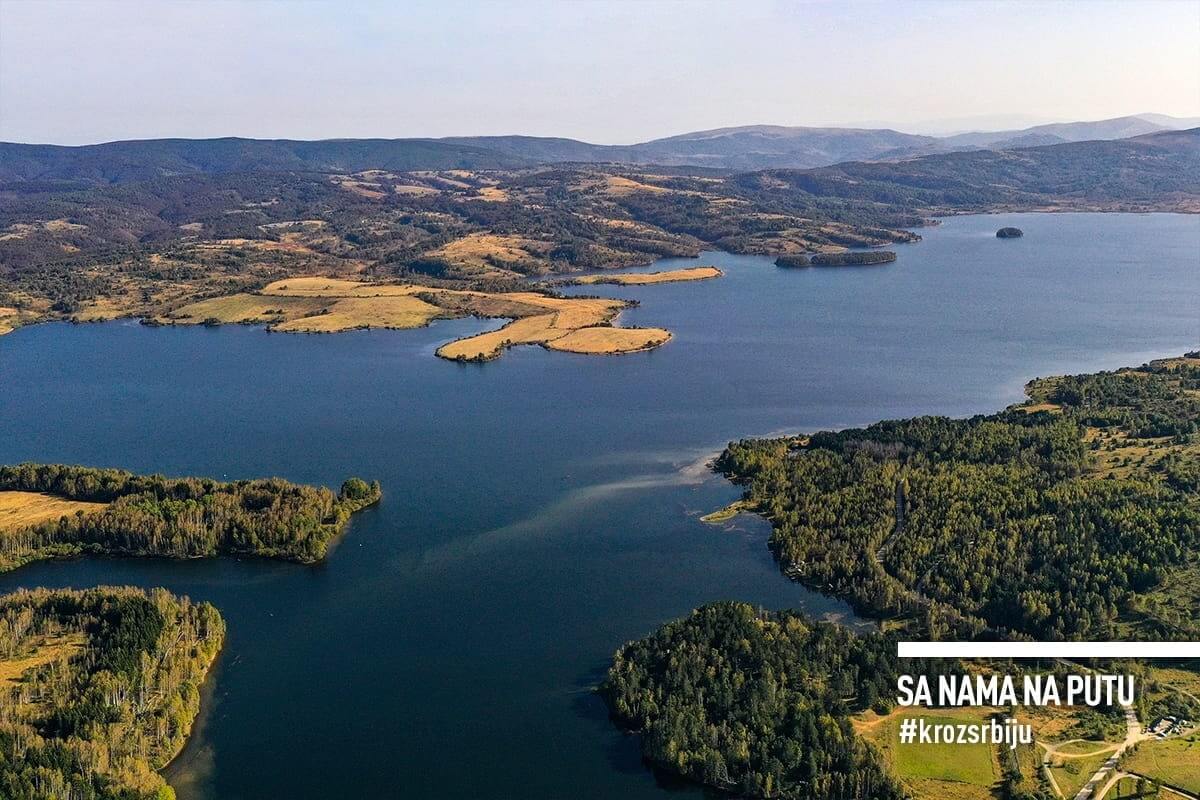
It is better for these floating galleys when they are not stranded and when they float freely, far from human influence. It has already done them harm.
About an hour and a half drive from the floating islands and the Vlasina oasis, there is one of the most important archaeological sites in Serbia.
5. Because you will walk through the Serbian acropolis
In the valley of the Pusta river, at the foot of the Radan mountain, on the rose of the winds, there was a city. In ancient times, surrounded by mighty ramparts, it was huge and lavish. It was erected by emperor Justinian I. He intended to make it the capital and archbishopric of Illyricum. As a token of gratitude to the region in which he was born. According to a legend, he dedicated it to his forbidden love, the dancer Theodora, far from her family’s home. Hence the name Empress’ city.
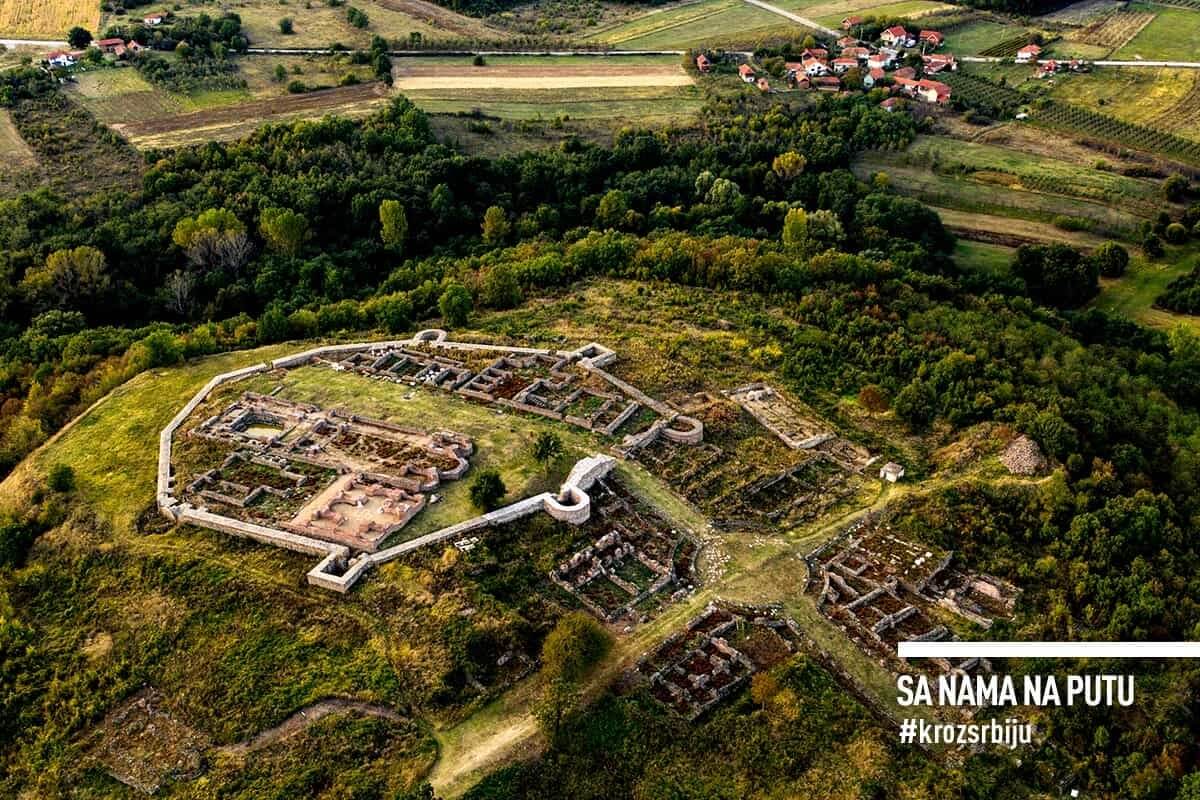
The first half of the sixth century. Justiniana Prima. A fortress on 10 hectares, surrounded by ramparts with towers and a moat. Outside of them, thermal baths with underfloor heating, modelled after ancient ones, a church, an aqueduct, a dam, and the remains of a settlement. Walk through the paved city streets of the Lower town with the basilica, the largest building – the cistern and the residential part, through the Upper town with the water tower and the basilica with the crypt, to the Acropolis. It is specially fortified, with an episcopal palace, a baptistery and a cathedral (episcopal church) and a circular square for public life. Full of preserved mosaics which, unfortunately, cannot be seen, except on the accompanying panels. Excavations point out to the diverse architecture and luxurious interiors of the buildings. We wandered for an hour during the time of the Eastern Roman empire and jumped to Athens, to the Acropolis. True, it is not so tall and widely known, but it is ours, and it should be celebrated.
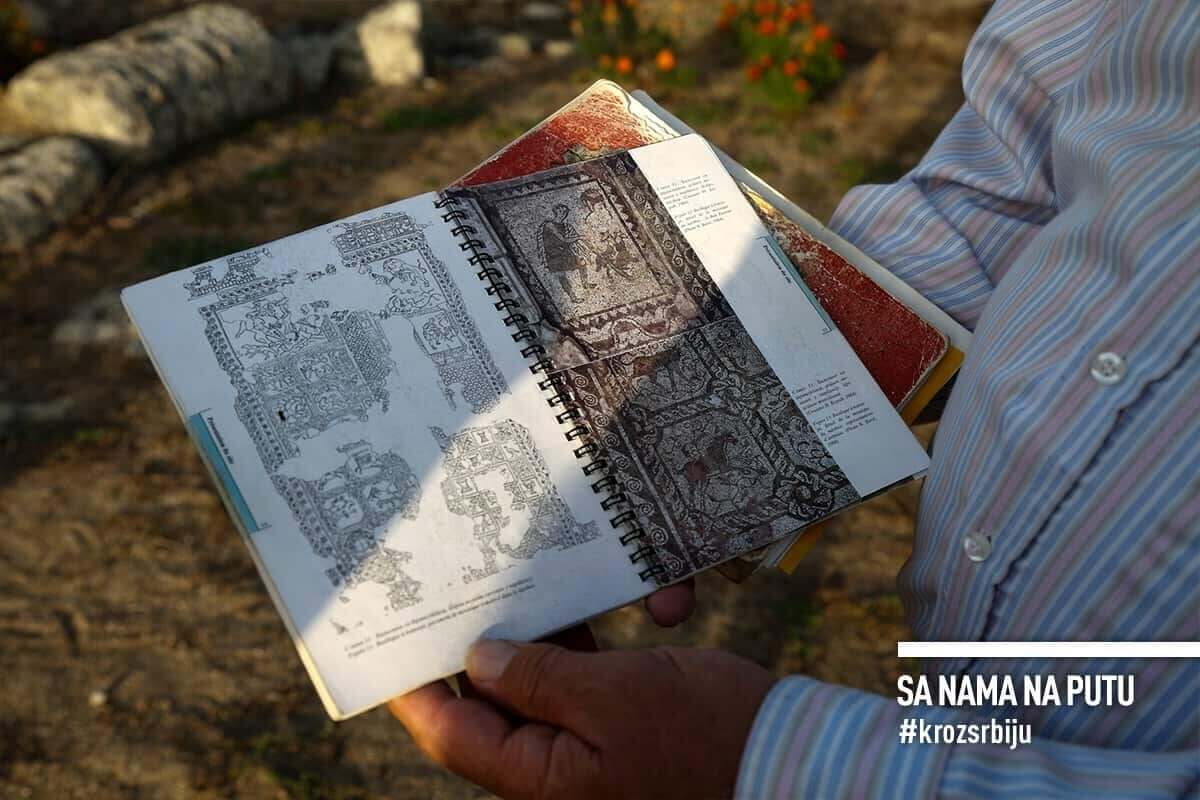
A unique site in the Balkans. The city of the emperor who had built Hagia Sophia in Constantinople. The inclusion on the UNESCO World Heritage List has been waiting for almost 10 years. And it will wait a bit more. There is no conservation, accompanying infrastructure, presentations. It does not even have its own website. The guardian is the only soul to welcome you to the former metropolis. An enthusiast and lover of Justinian’s endowment. He tells the history, folklore, secrets and wonders of the Radan mountain and its surroundings, with his unusual vocabulary, his southern speech. Every corner, every stone of this once magnificent city seems to be known to him. Today, neglected. Abandoned. Like 14 centuries ago. We are leaving it too. Impressed by the Byzantine heritage, and saddened by Serbian negligence.
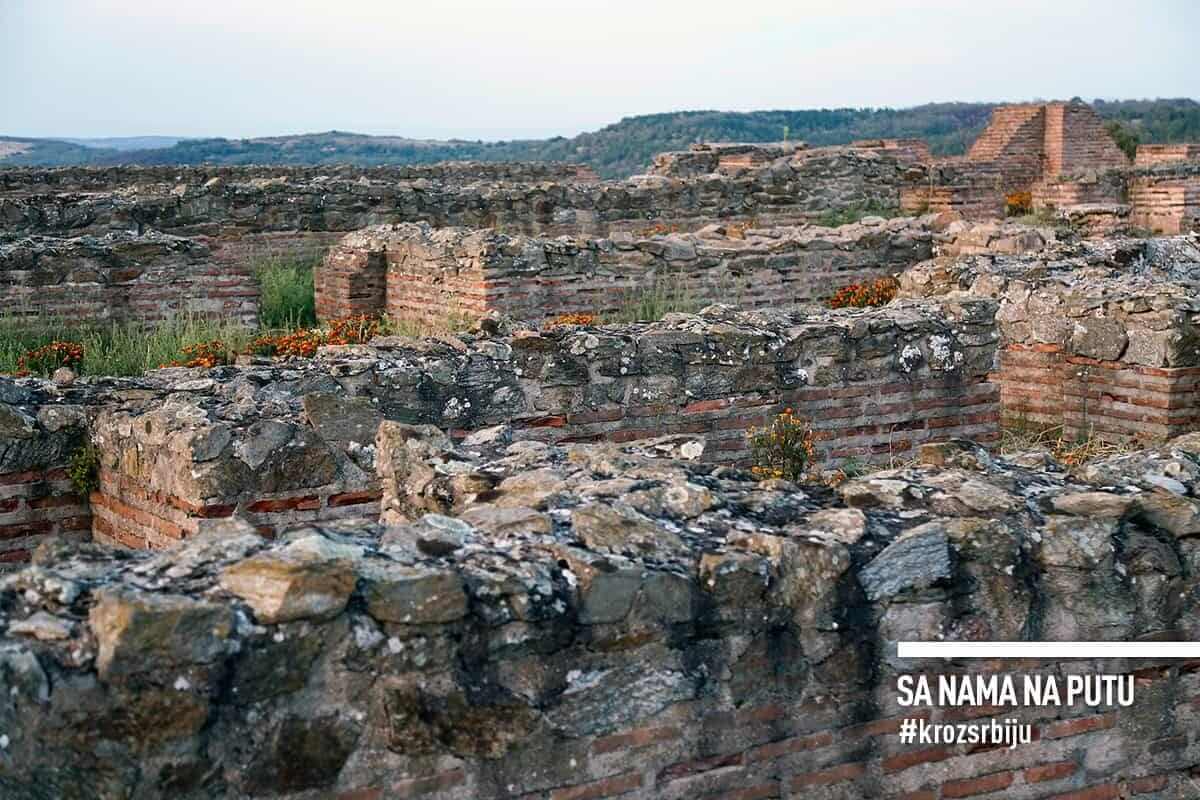
6. Because the more Southwards, the tastier
At least that is what the southerners claim. Let us enjoy the check in all its sweetness. Along the way, let us experience that famous southern hospitality. For our rest, we have chosen a house in a remote hamlet. Everything in the village fell asleep, but the hosts are eagerly awaiting the guests. They take care of us, and of the food, to keep it warm. The supper table, varied and plentiful, has long been ready. They offer us full board. Without an agreement, we nodded our heads individually and in harmony, not caring at all about the restaurant tradition. Only a crazy head would reject the Serbian host. Their eyes glazed over as if they will be tending wedding guests. The housewife is already asking what we would have for breakfast, but she immediately thinks of it, wishes us a peaceful sleep, and runs to sleep to get up early.
Morning – chilly, fragrant, noiseless. Here comes the sweet made of plums, stuffed with walnuts, and then coffee. The order is observed. Puppies and cats run for a morning dose of tenderness, we were happy to pet them, but they smelled something delicious. Aunt Gorica brings out a pie with cheese from a pot. Soft and juicy, but still crunchy. Skilful hands made the crust, put on the cheese and placed the pie in an earthenware dish, “scorched” on all sides. You would hesitate to offer a bite even to your dearest ones.
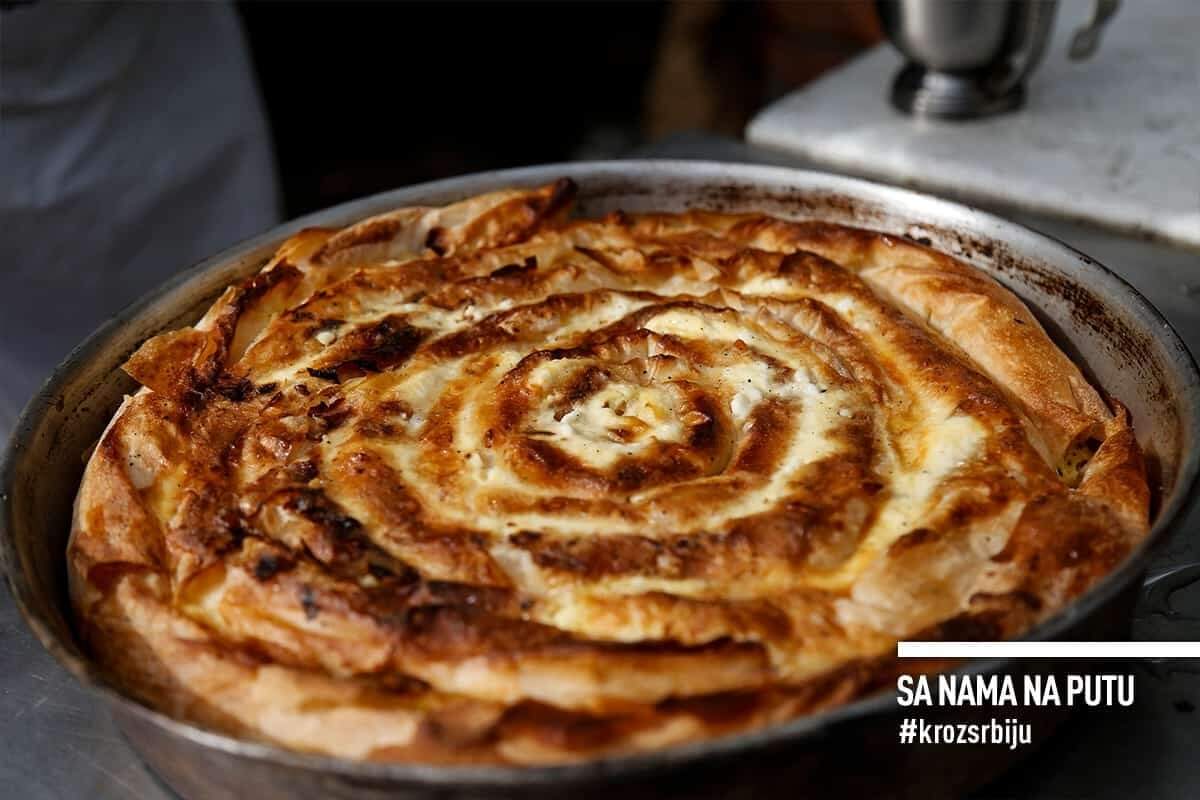
For lunch, homemade barbecue. Grill was built by Uncle Vlada with his own hands. The people gathered at once. The barbecue was prepared in large quantities, so it should be shared with neighbours, friends. Burgers, kebabs, drumsticks, sausages, medallions… Is it the merit of the South or of the host? It will be that they made an extremely tasty meat together. Various salads, but, wow, tomatoes! From the garden. They smell like childhood. They may be eaten like an apple. The food and the stories will never end. And so, an ordinary Sunday lunch turned into an early autumn feast.
Village and villagers have fed and sustained us. Its generosity and humanity. Good-natured, life-wise people are, unfortunately, invisible today. But it is good as long as there is someone to look up to.
If you opt for a restaurant diet, do not miss the fish cauldron and Vlasina trout and vegetable pie with sheep’s milk. The tastes of the Serbian South are truly divine.
